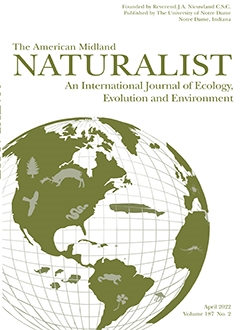Baird's pocket gopher (Geomys breviceps) is the only species of pocket gopher in Louisiana. Interest in this species' natural history has increased due to its close association with the Louisiana pine snake (Pituophis ruthveni), which recently was listed as threatened under the Endangered Species Act. Approximately 75% of P. ruthveni's estimated prey biomass consists of G. breviceps, whose burrow systems also provide shelter and hibernacula. Therefore, increasing densities of G. breviceps may assist in the recovery and management of P. ruthveni. Previous studies have identified specific habitat characteristics that are preferred by G. breviceps, but none have assessed how different habitats affect pocket gopher density. Live trapping was conducted at sixteen sites throughout Louisiana to determine relative density of G. breviceps. Vegetation and soil data were collected, and a multi-model selection approach was used to determine which variable(s) best explained variation in relative density. Relative densities of G. breviceps ranged from 0 to 12.5 gophers/ha with an average of 3.44 gophers/ha. Canopy cover best predicted numbers of G. breviceps across the study area. Soil data was not a good predictor; however, all sampling plots possessed sandy loam or loamy sand soils, which is preferred by Geomys spp. Management strategies aimed at increasing density of G. breviceps should focus on continued restoration of longleaf pine forest and supplemented by opening patches of forest, especially in areas with preferred soil textures.
How to translate text using browser tools
21 April 2022
Influence of Vegetation and Soil on Relative Density of Baird's Pocket Gopher (Geomys breviceps) in Louisiana
Alexandria Medine,
Justin D. Hoffman,
Eddie K. Lyons,
Frederick Lemieux
ACCESS THE FULL ARTICLE
It is not available for individual sale.
This article is only available to subscribers.
It is not available for individual sale.
It is not available for individual sale.

The American Midland Naturalist
Vol. 187 • No. 2
April 2022
Vol. 187 • No. 2
April 2022




